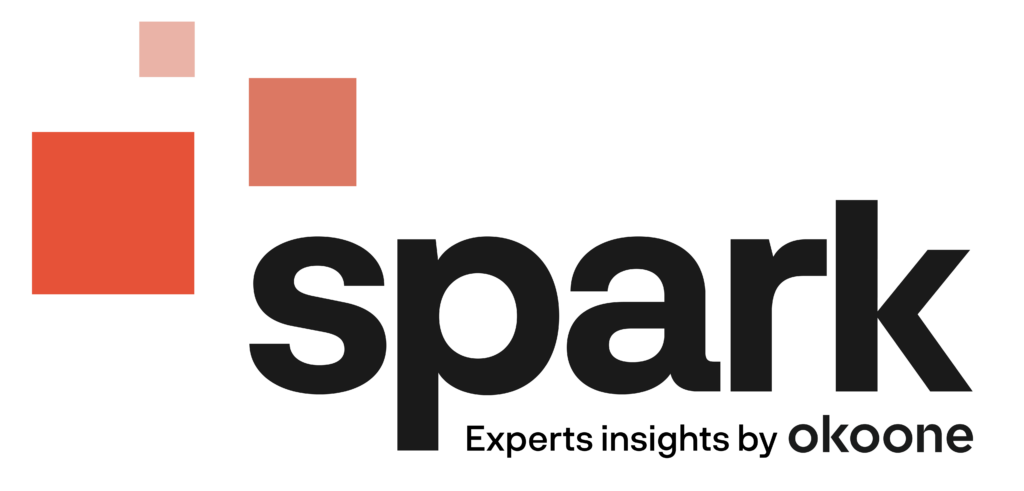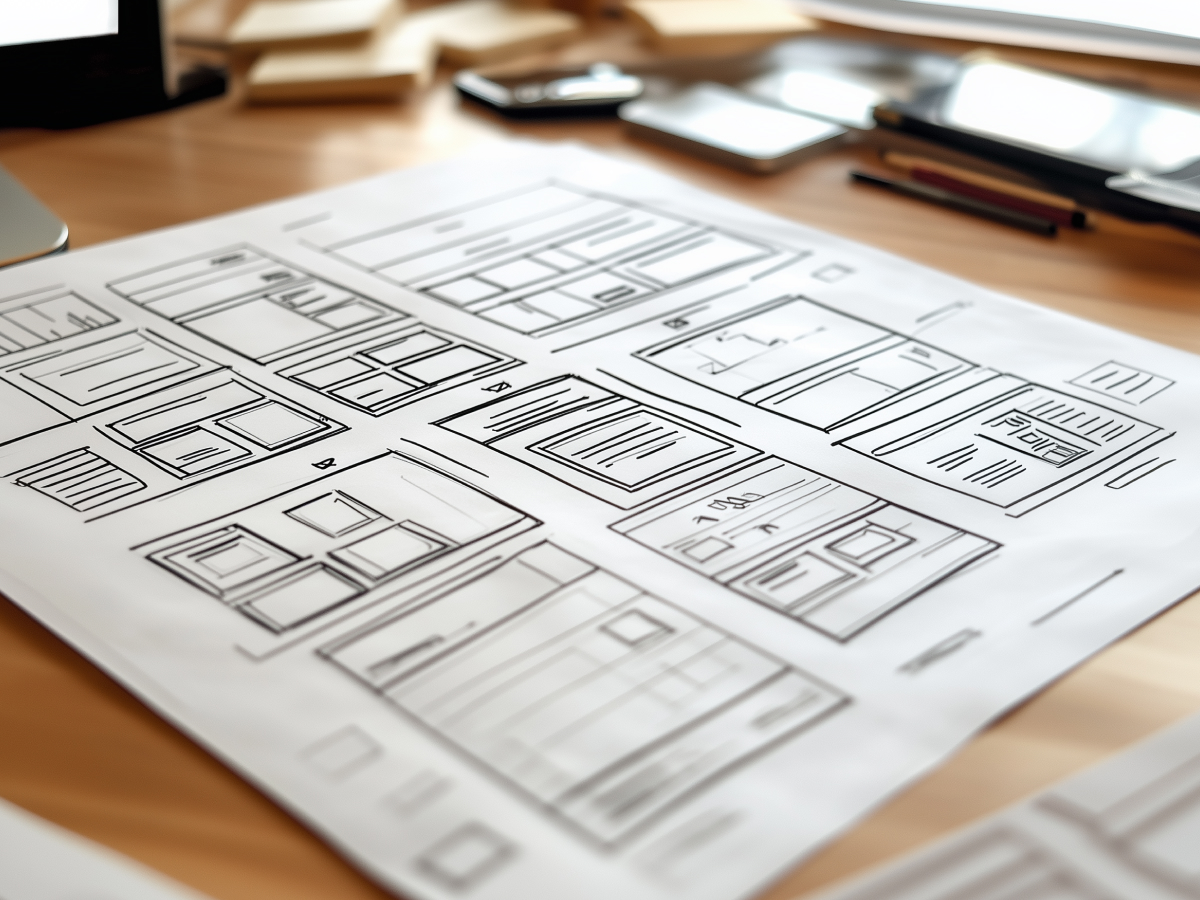Articulate the problem clearly
Before any real progress happens, you need clarity. Most failed designs don’t fail because of execution; they fail because they solve the wrong problem. Before wireframing, write down exactly what you’re solving and for whom.
This means defining three things:
- Who is using it? This isn’t just demographics; you need to understand behavior, needs, and motivations.
- What’s their goal? What problem does this product solve for them? If it’s not a problem, they won’t care.
- What actions will they take? You need to anticipate how they interact with the interface so the design doesn’t create friction.
Skipping this step leads to wasted effort. A design that doesn’t align with user behavior is dead on arrival. Executives should recognize that investing in upfront clarity saves exponentially more time and money than fixing poor design decisions later.
Generate multiple ideas
Once you know the problem, don’t lock onto one solution too quickly. The best ideas come from iteration. Speed matters here, don’t overthink it. Sketch ideas, add elements to your wireframing tool, and move things around.
At this stage, volume beats perfection. Push the team to explore all possibilities, even bad ones. A bad idea might spark an unexpected breakthrough. The goal is to expand the range of possibilities before narrowing them down.
C-suite leaders should support environments where exploration isn’t penalized. If teams are afraid of getting it wrong early, they’ll be too cautious, and caution kills innovation.
Iterate and refine concepts
Now it’s time to filter out the noise. Look at the ideas, extract what works, and discard what doesn’t. This is where collaboration is key. Involve people who deeply understand the user problem, whether that’s other designers, engineers, or product leads.
Good iteration means refining how the interface works, making interactions smoother, reducing unnecessary complexity, and making sure that the design actually serves its purpose.
Don’t aim for perfection here. Keep a few variations alive, especially for key screens. That flexibility brings better adaptability in later development stages. Also, ignore distractions like fonts and colors at this point, they come later.
Communicate the design effectively
A great design that’s poorly communicated won’t go anywhere. Wireframes are not self-explanatory. Executives should understand that half of design success is getting buy-in.
Every wireframe needs two things:
- A story – Reiterate the problem, why this design solves it, and how it improves the user experience. This isn’t a sales pitch; it’s alignment.
- Clear instructions – Developers aren’t mind readers. Wireframes need annotations that explain how elements behave, interactions, responsiveness, and edge cases.
Too often, teams assume a design speaks for itself. It doesn’t. If you can’t explain why your design is the best solution, it probably isn’t.
Validate feasibility and effectiveness
Before moving to development, confirm two things:
- Does this solve the actual problem? Get feedback from the person who best understands the user’s needs. Usability tests help, but even quick expert reviews can prevent massive mistakes.
- Can it actually be built? A great design that can’t be executed within time and resource constraints is useless. Work with engineers early to avoid unrealistic expectations.
Ignoring feasibility leads to a common trap, delivering a compromised product because the original vision wasn’t realistic. That’s why validation is the safeguard against wasted time, money, and effort.
At this stage, getting input from engineers is invaluable. If they push back, listen. They’re the ones making it real. Avoid surprises later by aligning early.
Key executive takeaways
- Define the problem first: A wireframe is only as good as the problem it solves. Make sure the design team clearly identifies user needs, objectives, and expected actions before any work begins to prevent wasted effort and misaligned solutions.
- Encourage rapid idea generation: Push for a high volume of ideas early on without overthinking. Creating multiple wireframe variations, good or bad, leads to more innovative and effective solutions.
- Refine through iteration: Don’t settle on the first concept. Continuously refine and combine the best elements from different approaches while involving stakeholders to enhance usability and feasibility.
- Communicate design intent clearly: A wireframe without context is useless. Make sure teams document and explain design choices with annotations and presentations so stakeholders and developers can execute effectively.
- Validate before development: Before committing resources, confirm that the wireframe solves the actual problem and can be built within time and budget constraints. Early usability testing and developer input prevent costly missteps.





